We’ve got news for ALL of our ITCs and ITRTs!
This coming January (2023) we are launching the VSTE Certified Coach Program (VCC), designed specifically to provide high-caliber professional learning and networking events for Virginia's ITCs and ITRTs.
Unlike the average online training course or coaching book, the VCC is designed to directly impact teaching and learning. Over the span of 5 months, coaches will meet regularly with a small cohort of like-minded coaches to learn the latest research-based coaching strategies and methods and collaborate on real-life coaching challenges.
Participating in the VCC and earning a VSTE Certified Coach credential will empower you to become an active change agent in your school division and elevate your ability to impact instruction and learning.
Spots are limited for both the Spring '23 and Fall '23 cohorts. The registration deadline is December 16th, 2022. All applicants will be notified of their acceptance status on January 5th, 2023. Submit your application today and join an incredible adventure of growth and connection!
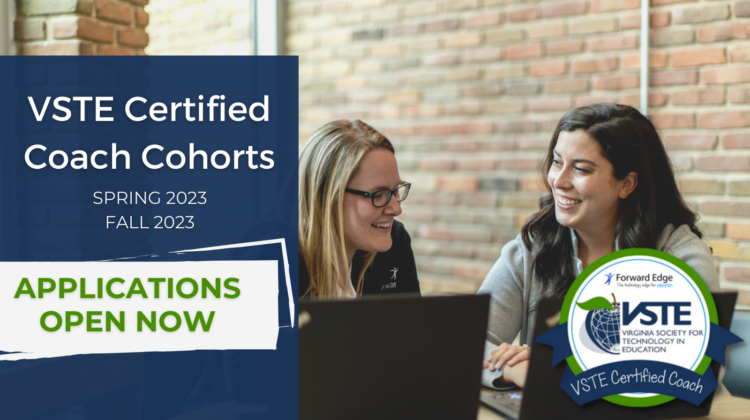
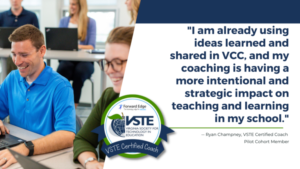



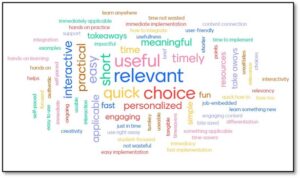
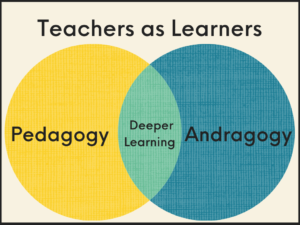
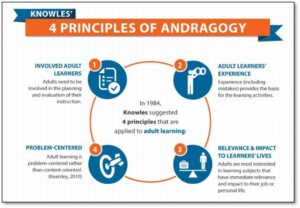
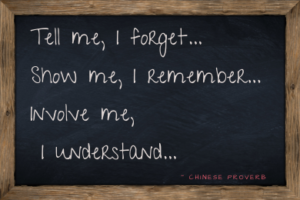
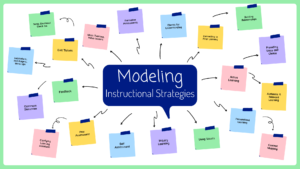
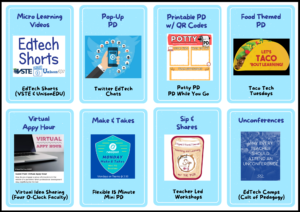

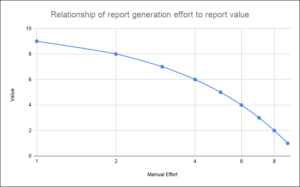
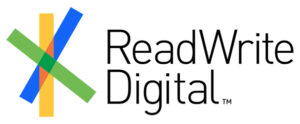
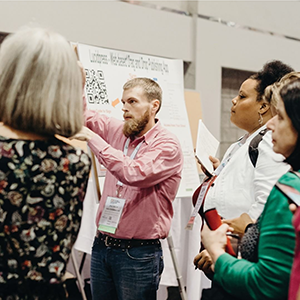

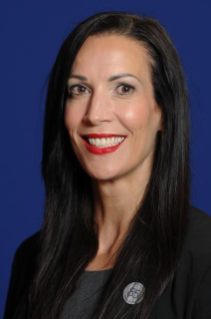 Dr. Helen Crompton is the 2015 Outstanding Leader of the Year. Dr. Crompton is an assistant professor of Instructional Technology in the Department of Teaching and Learning at Old Dominion University. She has dedicated her life to improving educational technology at all levels: local, state, regional, national, and global. Locally, Dr. Crompton has brought K-12 and university educators together. In collaboration, both practitioners and scholars have worked to ensure that our future teachers go out into the Commonwealth, and beyond, prepared with the technological knowledge, skills, and tools they need to educate 21st century children. Globally, Dr. Crompton is working with two divisions of the United Nations to educate the public regarding the benefits of educational technology. Dr. Helen Crompton works tirelessly to enhance the lives of learners at all levels. She is an outstanding advocate for educational technologies and is an outstanding candidate for this award.
Dr. Helen Crompton is the 2015 Outstanding Leader of the Year. Dr. Crompton is an assistant professor of Instructional Technology in the Department of Teaching and Learning at Old Dominion University. She has dedicated her life to improving educational technology at all levels: local, state, regional, national, and global. Locally, Dr. Crompton has brought K-12 and university educators together. In collaboration, both practitioners and scholars have worked to ensure that our future teachers go out into the Commonwealth, and beyond, prepared with the technological knowledge, skills, and tools they need to educate 21st century children. Globally, Dr. Crompton is working with two divisions of the United Nations to educate the public regarding the benefits of educational technology. Dr. Helen Crompton works tirelessly to enhance the lives of learners at all levels. She is an outstanding advocate for educational technologies and is an outstanding candidate for this award. Kim Harrison is the 2015 Innovative Educator of the Year. Kim is an Instructional Technology Specialist based at Indian Lakes Elementary School in Virginia Beach. Kim is truly an innovator. She has a passion for sharing virtual environments and was the innovator behind Virginia Beach City Public Schools bringing Minecraft into the elementary classroom. Kim has shared her passion for bringing Minecraft into the elementary classroom in her school, throughout the division (through division-wide professional development courses), and across the state of Virginia (as she serves as Chair for VSTE's new Virtual Environments Professional Learning Network and leads sessions at the VSTE conference each year). Another pet project is VSTE Island in Second Life. She can always be found "in world" leading a book study, modeling to a newbie how to walk around (as opposed to appearing as a floating head), or just hanging out. Kim is always ready to jump in and answer any questions from those of us who "just don't get it!" Kim’s passion for this technology and dedication to bringing this awesome new technology to her young students impresses all who know her.
Kim Harrison is the 2015 Innovative Educator of the Year. Kim is an Instructional Technology Specialist based at Indian Lakes Elementary School in Virginia Beach. Kim is truly an innovator. She has a passion for sharing virtual environments and was the innovator behind Virginia Beach City Public Schools bringing Minecraft into the elementary classroom. Kim has shared her passion for bringing Minecraft into the elementary classroom in her school, throughout the division (through division-wide professional development courses), and across the state of Virginia (as she serves as Chair for VSTE's new Virtual Environments Professional Learning Network and leads sessions at the VSTE conference each year). Another pet project is VSTE Island in Second Life. She can always be found "in world" leading a book study, modeling to a newbie how to walk around (as opposed to appearing as a floating head), or just hanging out. Kim is always ready to jump in and answer any questions from those of us who "just don't get it!" Kim’s passion for this technology and dedication to bringing this awesome new technology to her young students impresses all who know her.